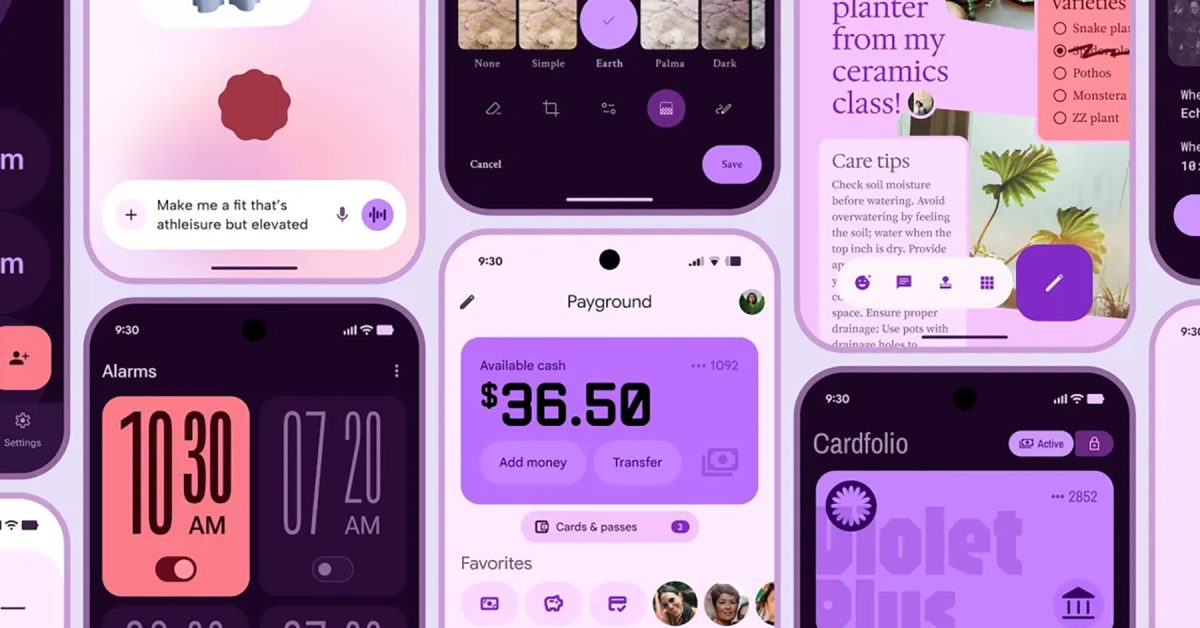Beyond Pixels: How Android is Redefining Digital Expression

Material Design: A Decade of Transformative Visual Language
Can you believe it's been over a decade since Google unveiled its groundbreaking Material Design philosophy? What started as a revolutionary design concept has now become a cornerstone of modern digital interfaces, dramatically reshaping how we interact with technology.
Since its introduction, Material Design has evolved from a mere design guideline to a comprehensive visual language that has profoundly influenced not just Android applications, but the entire digital design ecosystem. From sleek smartphone interfaces to web platforms, Google's design system has left an indelible mark on user experience.
The journey of Material Design reflects Google's commitment to creating intuitive, visually appealing, and user-friendly interfaces. Its principles of depth, motion, and meaningful transitions have set new standards for digital design, inspiring designers and developers worldwide.
As we reflect on this milestone, it's clear that Material Design has been more than just a design trend—it's been a transformative approach that continues to shape how we perceive and interact with digital experiences.
